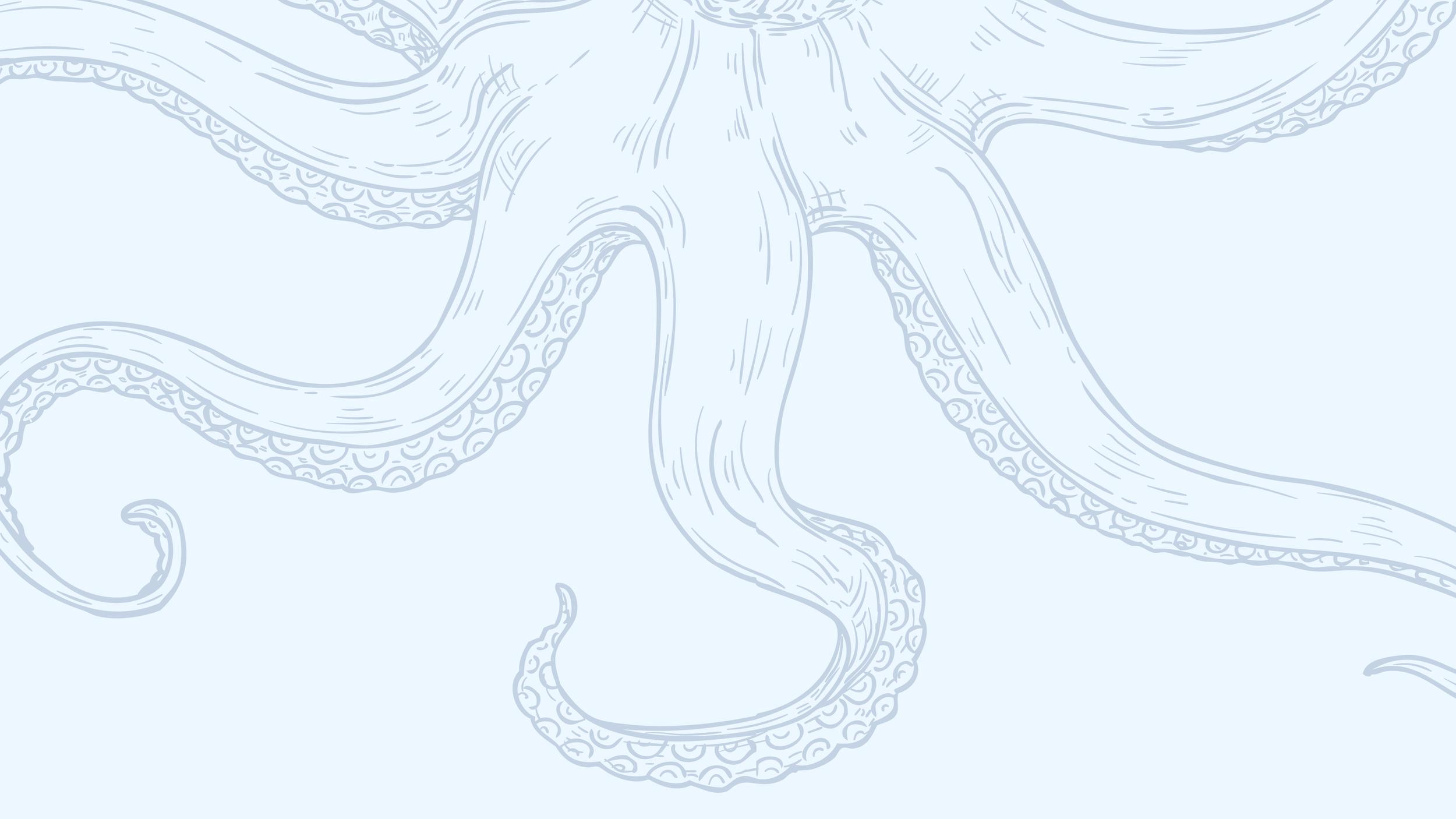

Myofunctional Therapy
Myofunctional Therapy for Long-Term Oral Health & Communication
The muscles of the face, tongue, and mouth do more than help us speak, they impact how we breathe, eat, sleep, and grow. At Wordplay, our myofunctional therapy supports children and adults in developing optimal oral muscle patterns that promote healthy function, clear speech, and overall well-being.
Orofacial myofunctional disorders (OMDs), such as mouth breathing, tongue thrust, or improper chewing and swallowing, can affect everything from articulation and dental development to sleep quality and facial growth. Addressing these patterns early is key to preventing long-term complications. Our myofunctional therapists are trained through the International Association of Orofacial Myology (IAOM), the leading certifying body for professionals in this field. IAOM training ensures that our therapists follow a rigorous, evidence-based framework to assess and treat OMDs with precision and care.
Whether your child struggles with speech clarity, oral habits, or feeding challenges, or you're an adult seeking relief from chronic issues, our therapy targets the root cause to support lasting change, inside and out.

Myofunctional therapy isn’t just about correcting habits…it’s about unlocking healthier breathing, better sleep, clearer speech, and stronger foundations for growth. The science is clear: when oral muscles function properly, everything else works better.

Myofunctional Therapy Explained
-
Myofunctional therapy is a specialized treatment approach that focuses on correcting the function and coordination of the muscles of the face, tongue, and mouth. These muscles play a crucial role in breathing, eating, speaking, and even sleeping.
When these muscles don’t work the way they should, it can lead to a range of issues, from unclear speech to orthodontic problems and disrupted sleep. Through a series of gentle, targeted exercises, myofunctional therapy retrains oral muscle patterns to support healthy function and long-term growth.
Our sessions are play-based, evidence-informed, and tailored to each individual's needs, whether we’re helping a child improve tongue posture or supporting an adult with chronic mouth breathing.
-
Orofacial Myofunctional Disorders (OMDs) are patterns of movement or resting postures of the tongue, lips, and jaw that interfere with normal development and function. These disorders may show up in ways that affect:
Breathing (mouth breathing, low tongue posture)
Swallowing (tongue thrust, messy eating)
Speech (unclear sounds, lisping)
Dental alignment (orthodontic relapse, narrow palates)
Facial growth and appearance (elongated face, open-mouth posture)
Many OMDs begin in early childhood and go unnoticed until they affect speech, feeding, or sleep. Myofunctional therapy helps address these patterns by teaching new, functional muscle habits.
-
Not sure if myofunctional therapy might help? These signs could indicate an orofacial myofunctional disorder:
Chronic mouth breathing
Snoring or restless sleep
Drooling beyond toddlerhood
Tongue resting low or forward
Speech sound distortions (especially S, Z, SH, CH)
Difficulty chewing or swallowing
Thumb sucking or prolonged pacifier use
Orthodontic relapse after braces
Forward head posture or open-mouth posture
If you notice one or more of these, a screening can help determine whether myofunctional therapy may be beneficial.For example, when learning a new phoneme, a student might:
Say the sound aloud
Trace the letter with their finger while saying it
Build the word with tiles
Use visual cues to remember the spelling pattern
These layered experiences help strengthen the connections between sounds, symbols, and meaning.
-
We begin with a comprehensive intake to understand your child’s (or your own) history, habits, and concerns. We may observe breathing, tongue posture, swallowing, and articulation, often in coordination with other specialists like orthodontists, ENTs, or dentists when needed.
Therapy is individualized and might include:
Breathing and posture training
Tongue and lip exercises
Habit elimination (e.g., thumb sucking)
Swallow retraining
Oral awareness and coordination tasks
We provide a structured and supportive approach, with activities that are practical, fun, and developmentally appropriate.
-
Myofunctional therapy can be helpful across a wide range of ages and needs:
Children
Persistent oral habits (thumb sucking, pacifier use)
Speech sound challenges
Feeding difficulties or sensory-based aversions
Snoring or disrupted sleep
Teens
Orthodontic concerns (especially before, during, or after braces)
Mouth breathing
Low tongue posture or forward tongue thrust
Confidence in speech clarity or facial appearance
Adults
Sleep-disordered breathing or snoring
Chronic TMJ pain
Orthodontic relapse
Low energy or poor sleep quality
-
Healthy oral muscle function supports the systems we rely on every day: speaking, breathing, chewing, and sleeping. When muscles work against proper function, it can lead to challenges that affect a child's development or an adult's quality of life.
Research shows that myofunctional therapy can reduce symptoms of obstructive sleep apnea by up to 62% in children and 50% in adults.
(Source: Camacho et al., 2015)Even beyond sleep and breathing, correcting orofacial patterns can lead to:
Improved speech clarity
Reduced need for repeat orthodontic care
Better focus and energy during the day
Greater comfort and confidence with eating and speaking
